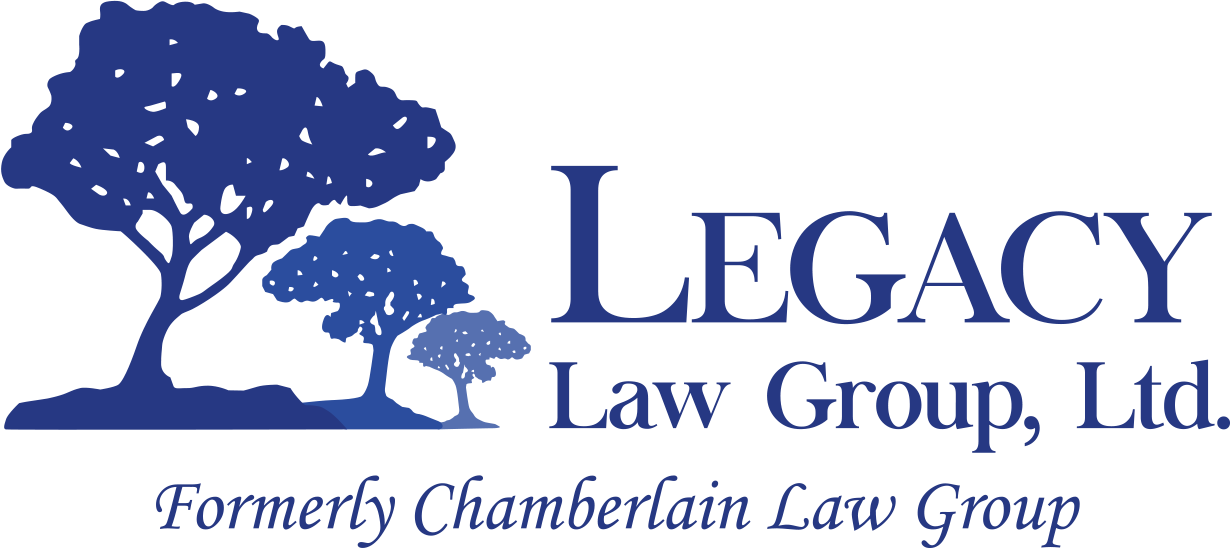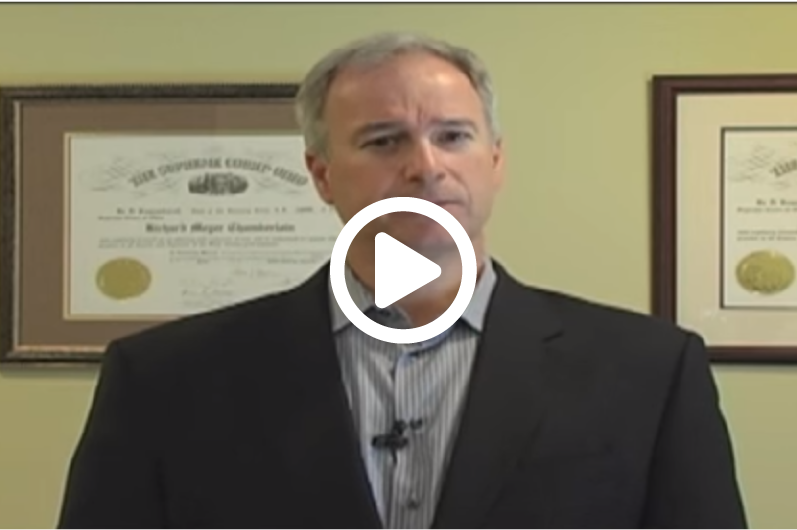
You’re probably familiar with the term “living trust.” However, if you think that living trusts are too complicated or only for extremely wealthy people, then this article will help bust those myths.
A living trust is simply an estate planning document that people create to do several things:
1. a living trust allows them to maintain control of their own property while they are alive and well;
2. a living trust allows them to appoint someone to control their property for them if they become incapacitated and are no longer able to manage their property for themselves; and
3. a living trust allows them to pass their assets to their beneficiaries in the ways that are appropriate for each beneficiary, given each beneficiary’s strengths and challenges.
A trust has three different parties serving three different roles:
There are 3 kinds of property:
1. The Trustmaker is the person who creates the trust and decides how it will be used.
2. The Trustee is the person appointed by the Trustmaker to be in charge of the trust. The Trustee is given the responsibility of following the Trustmaker’s instructions in the trust.
3. Finally, the Beneficiaries are the people for whom the trust property is used.
When you create a Revocable Living Trust, you are the Trustmaker, and you appoint yourself as the Trustee and the beneficiary. This way, you stay in complete control of the trust and the trust property, and you use the trust property as the Trustee to provide for your needs, along with the needs of any other people you decide.
When the trust is created, you also appoint people Successor Trustees who will take over the management of the trust if you are not able to continue to serve as trustee. The job of the Successor Trustee is to use the trust assets for the benefit of the beneficiaries. While you are still living (but are incapacitated) the Successor Trustees use the trust property to provide for your needs. Upon your death, the Successor Trustees use the property for the benefit of the next beneficiaries named in the trust.
Finally, when you create the trust, you provide instructions for how and when each beneficiary is to receive distributions from the trust. You can state that all of the beneficiaries are to receive distributions the same way, or you can provide individual instructions for each beneficiary. You can provide that the trust assets are to be distributed to them immediately (an “outright distribution”), or you can provide for ongoing administration of the trust shares, with distributions being made for their needs. See our article on Protecting your Beneficiaries for more information on the benefits of ongoing trust shares.
So as you can see, trusts are not overly complicated, and in fact they are used to make the administration of your estate more simple and efficient. As an added benefit, trusts avoid probate read Why Avoid Probate here, so they are favored by many people for the main estate planning document for their estates.
To learn more about estate planning issues and ways to plan your estate to avoid Probate and protect your loved ones, watch one of our Webinars.






About The Author: Richard Chamberlain
More posts by Richard Chamberlain